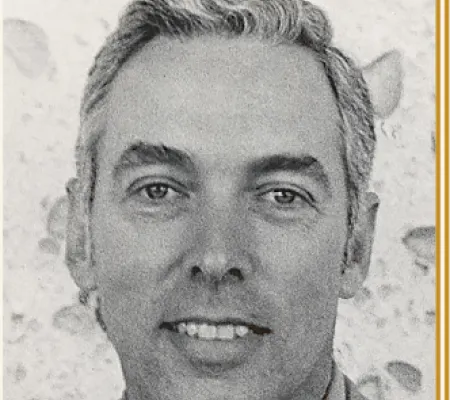On Tuesday April 25, the Benson Library celebrated the life and scholarship of Terrence Grieder, David Bruton Jr. Centennial Professor of Art History, who served on the faculty of the Department of Art and Art History from 1961 to 2000. Grieder was both an accomplished artist and a prolific archaeologist and art historian. His wife, Dagmar Grieder, worked with Melissa Guy, Director of the Benson Library, to make Grieder's legacy a permanent feature of the Benson’s collections. In addition to donating his extensive library, Grieder's scholarly archive has come to the Benson collection. It includes his archaeological field notes and a wealth of drawings extending back to the 1960s. His sketches from his research sites in Peru, Ecuador, and other Latin American countries include contemporary subjects as well as ancient artifacts. A sample of this rich archive is on display in the main reading room of the Benson Library. Dagmar Grieder also created a generous endowment to fund the conservation of archival materials at the Benson—the first such endowment received by the Library.
Melissa Guy introduced the celebration, followed by John Clarke, who read Elizabeth Boone’s remarks which began, "Terry was an extraordinary man: a scholar with a broad intellectual reach, a man of steely resolve, and a kind, generous, but challenging mentor."
Boone continued,
He was archaeologist at a time when art historians were not accepted within the archaeological community. Against prejudice and challenges, he nonetheless prevailed with key excavations at very early sites in Peru and Ecuador, with outstanding analyses that followed. Even in the context of a scholarly meeting he enjoyed a challenge. I remember at a conference, he showed a slide of a burial and was attacked for displaying human remains; you could just see Terry figuratively rolling up his sleeves as he rebutted. He was a fighter, always ready to defend his positions.
Clarke would later read his own words, followed by Grieder's friends and colleagues.
"[Grieder] was a great archaeologist," said Clarke in his eulogy. "I never fully appreciated the difficulty of archaeological projects like those at La Galgada, Peru and Challuabamba, Ecuador until I took on one of my own fifteen years ago. It takes great skill and dedication to excavate, study, and—above all—publish the results in a timely fashion. Terry’s archaeological work remains fundamental and is a testament to his passion for understanding the complexities and accomplishments of indigenous cultures of the distant past."


